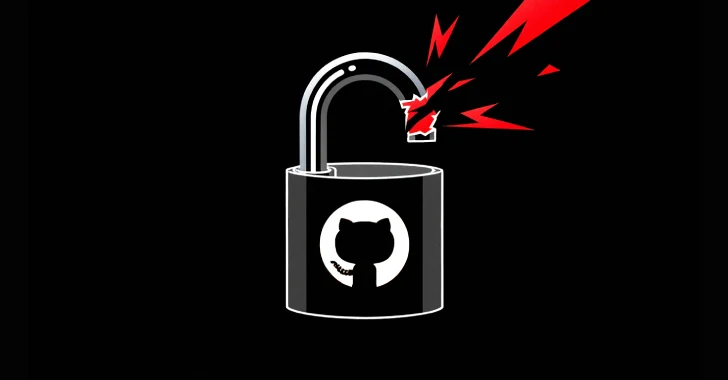The Orleans Parish Sheriff’s Office in New Orleans recently became the victim of a Qilin ransomware attack, resulting in more than 842 GB of sensitive data being leaked. The fallout was immediate and severe: the city’s online court docket was crippled, disrupting judicial processes and creating chaos across the justice system. This high-profile breach has sparked urgent conversations about how prepared public-sector institutions really are in the face of modern cybercrime.
Inside the Qilin Ransomware Operation
The Qilin ransomware group has built its reputation on double extortion tactics. Instead of simply encrypting systems and demanding ransom for decryption keys, Qilin also steals sensitive data and threatens to publish it if victims refuse to pay.
In the Orleans Parish case, the exposed records reportedly included:
- Inmate files containing personal information, medical histories, and legal notes.
- Case documents that could jeopardize ongoing investigations or trials.
- Internal law enforcement communications, potentially exposing police strategies and confidential sources.
Such data is uniquely sensitive as it doesn’t just threaten the privacy of individuals, but also undermines the integrity of the justice system itself. Unlike stolen credit card numbers, leaked court records or inmate details cannot be “reset.” Once public, the damage is irreversible.
The Ripple Effect on Justice and Public Trust
The consequences of a ransomware attack on law enforcement extend far beyond IT downtime. When systems go offline, court proceedings stall, delaying justice for victims, defendants, and their families, witness identities may be exposed, creating risks of retaliation and intimidation and communities lose confidence in the very institutions tasked with protecting them.
Unlike private companies, which can temporarily halt operations, public institutions cannot simply go offline. Essential services like court systems, jails, and emergency communications must remain functional — meaning ransomware attacks against them create a direct risk to citizen safety and democratic trust.
Financial and Operational Fallout for Government Agencies
Recovering from a ransomware attack is a long and costly process. For government agencies, the financial and operational consequences can include:
- Data recovery and forensic investigations, often requiring expensive third-party specialists.
- Extended downtime, which paralyzes operations and creates backlogs that take months to resolve.
- Legal liabilities, as individuals whose data was leaked pursue lawsuits.
- Reputational harm, which can weaken public cooperation with law enforcement and judicial systems.
Smaller municipal departments face an even harsher reality: with limited cybersecurity budgets, they are less prepared to defend against or recover from ransomware. For them, a single breach can be financially devastating.
Building Stronger Defenses in Public Agencies
To meet modern threats, government agencies must recognize that cybersecurity is a form of modern policing. Just as patrols deter street crime, digital defenses must deter cybercrime. Key measures include:
- Network segmentation – Isolating critical systems to prevent attackers from moving freely once inside.
- Third-party vendor audits – Ensuring external partners don’t become weak links in the security chain.
- Incident response drills – Practicing ransomware scenarios so agencies know how to react under pressure.
- Cyber-awareness training for all staff – From clerks to deputies, every employee must understand how phishing and credential theft occur.
By treating cybersecurity as part of core public safety, agencies can move from reactive crisis management to proactive resilience.

